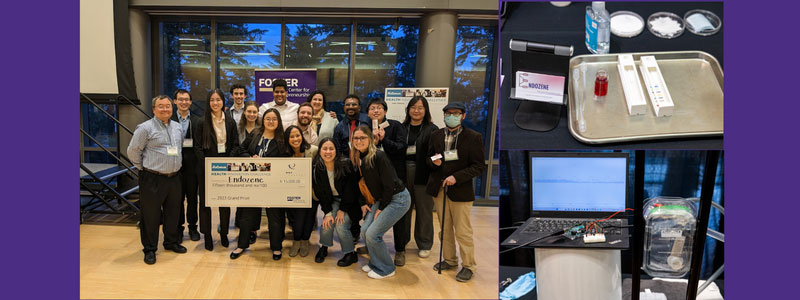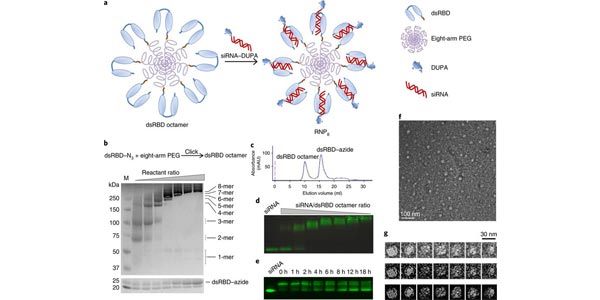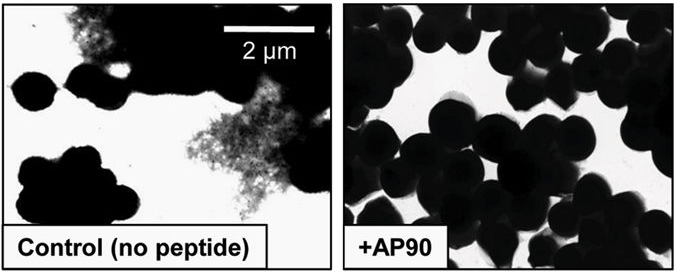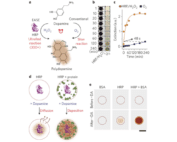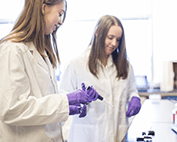UW Bioengineering
Fast Facts
News and Events
Amy Orsborn and Elizabeth Wayne selected to the Inaugural AIMBE Emerging Leaders Cohort
UW Bioengineering celebrates the selection of Amy Orsborn and Elizabeth Wayne to the inaugural cohort of the AIMBE Emerging Leaders Program.
Events
UW Bioengineering Celebrates Women’s History Month
The BioE community nominated female faculty and staff who stand out as leaders, advocates and mentors.
Bridging knowledge gaps: Brain Health Learning Network program aims to educate and empower older adults
Eric Chudler, UW Bioengineering research associate professor, is leading a program that will help people understand neuroscientific research
Six BioE teams to compete in the 2024 Health Innovation Challenge finals
Congratulations to the six UW Bioengineering-related teams competing in [...]
Featured Publications
A ribonucleoprotein octamer for targeted siRNA delivery
Professor Xiaohu Gao and colleagues have created a new way to target prostate tumors that overcomes past challenges of designing effective drug delivery methods. This versatile nanocarrier design should offer opportunities for the clinical translation of therapies based on intracellularly acting biologics.
Dramatic enhancement of the detection limits of bioassays via ultrafast deposition of polydopamine
The researchers report a simple, universal "add-on" technology (EASE) that converts the ordinary sensitivities of common bioassays to extraordinary ones. They demonstrate that EASE facilitated increased sensitivity of ELISA-based detection of HIV, and enabled the direct visualization in tissues of the Zika virus and of low-abundance biomarkers for neurological diseases and cancer immunotherapy.
Designed a-sheet peptides suppress amyloid formation in Staphylococcus aureus biofilms
The researchers have designed small proteins that can inhibit the formation of biofilms, common sources of infection for hundreds of patients worldwide, especially with those who have implanted medical devices. Their designed anti-a-sheet peptides suppressed the formation of biofilm in S. aureus, a bacteria resistant to many drugs, by about half, and prevented aggregation of infectious proteins through their binding mechanism.






